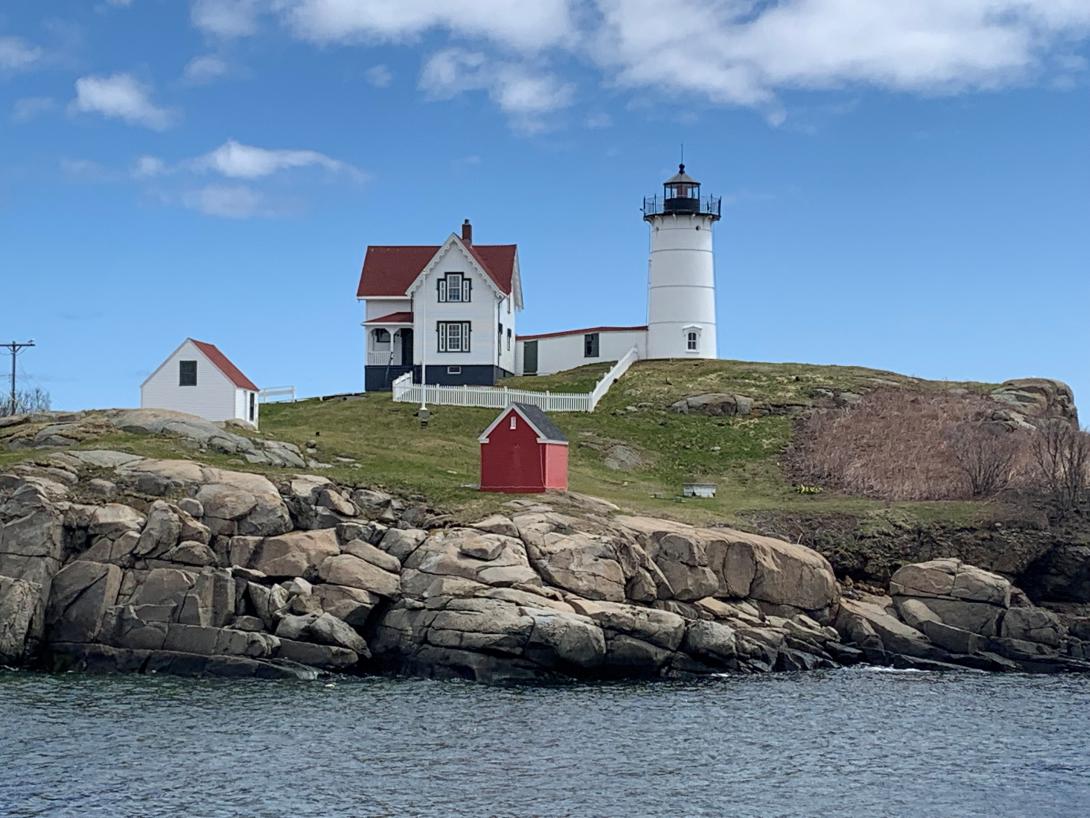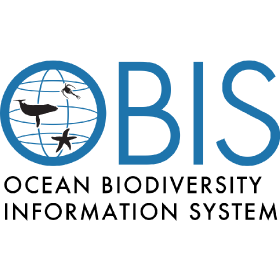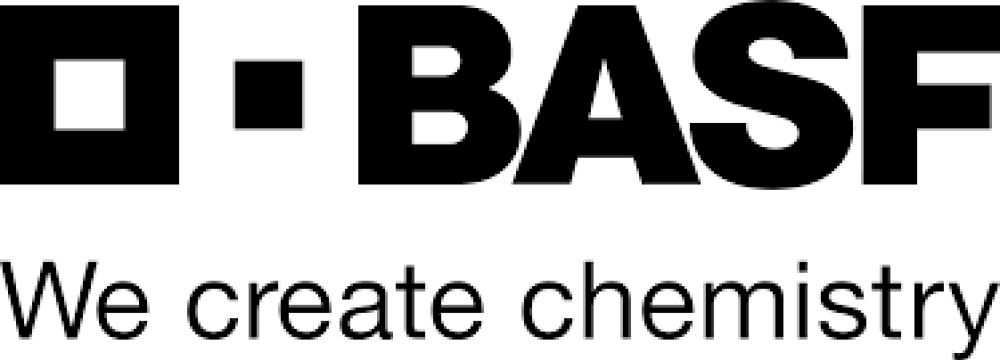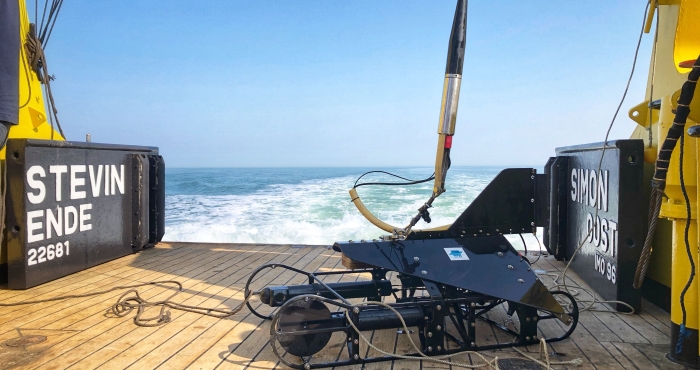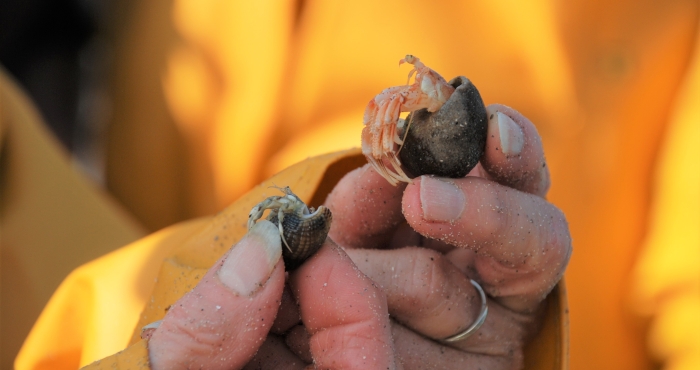
For patent applications and legal issues, it is important for BASF to collect and analyse biodiversity data: where exactly do organisms live, in which environment do they mainly live, what is their genetic code, ...? That is why they called on the expertise of WoRMS and OBIS.
